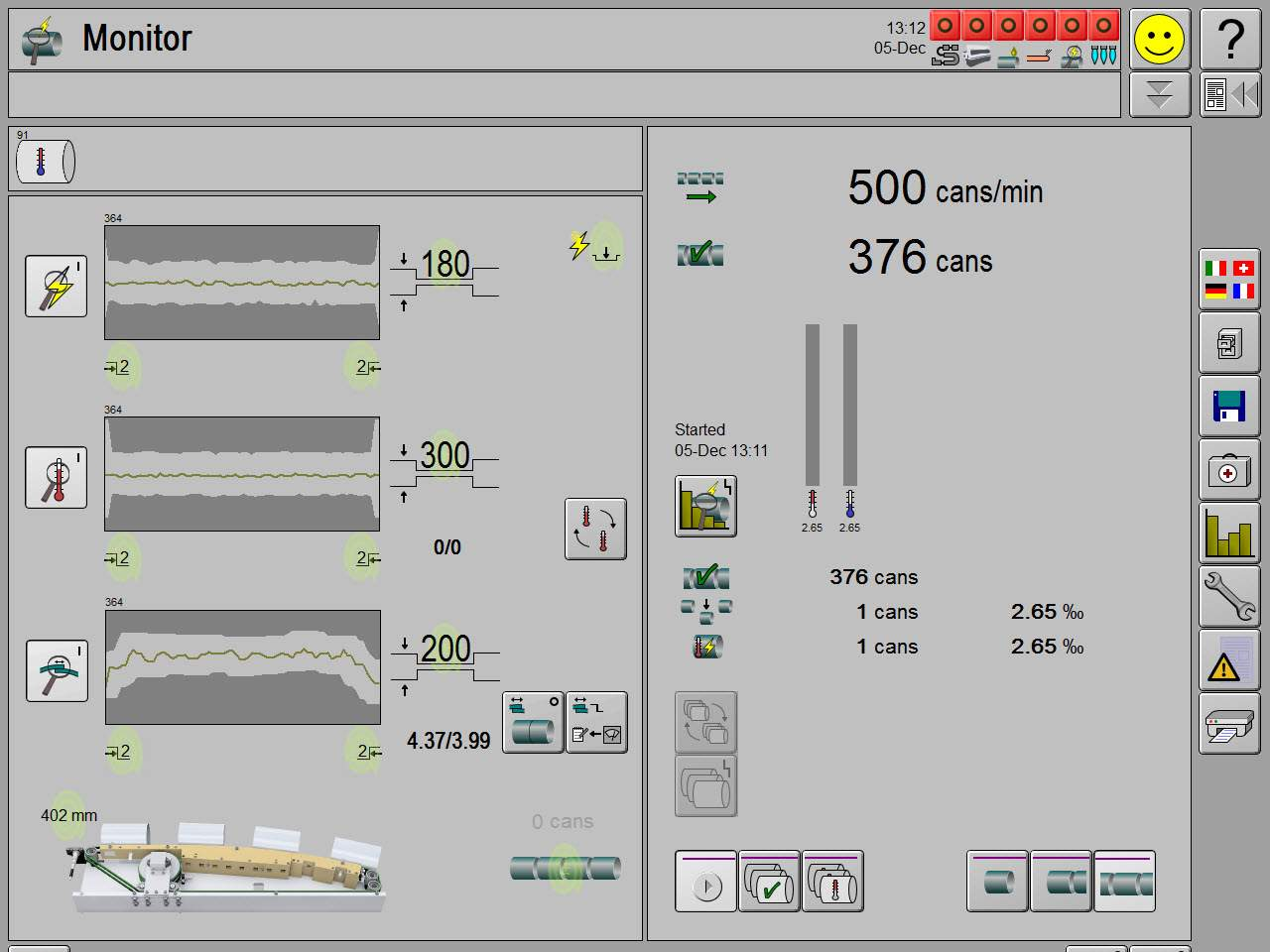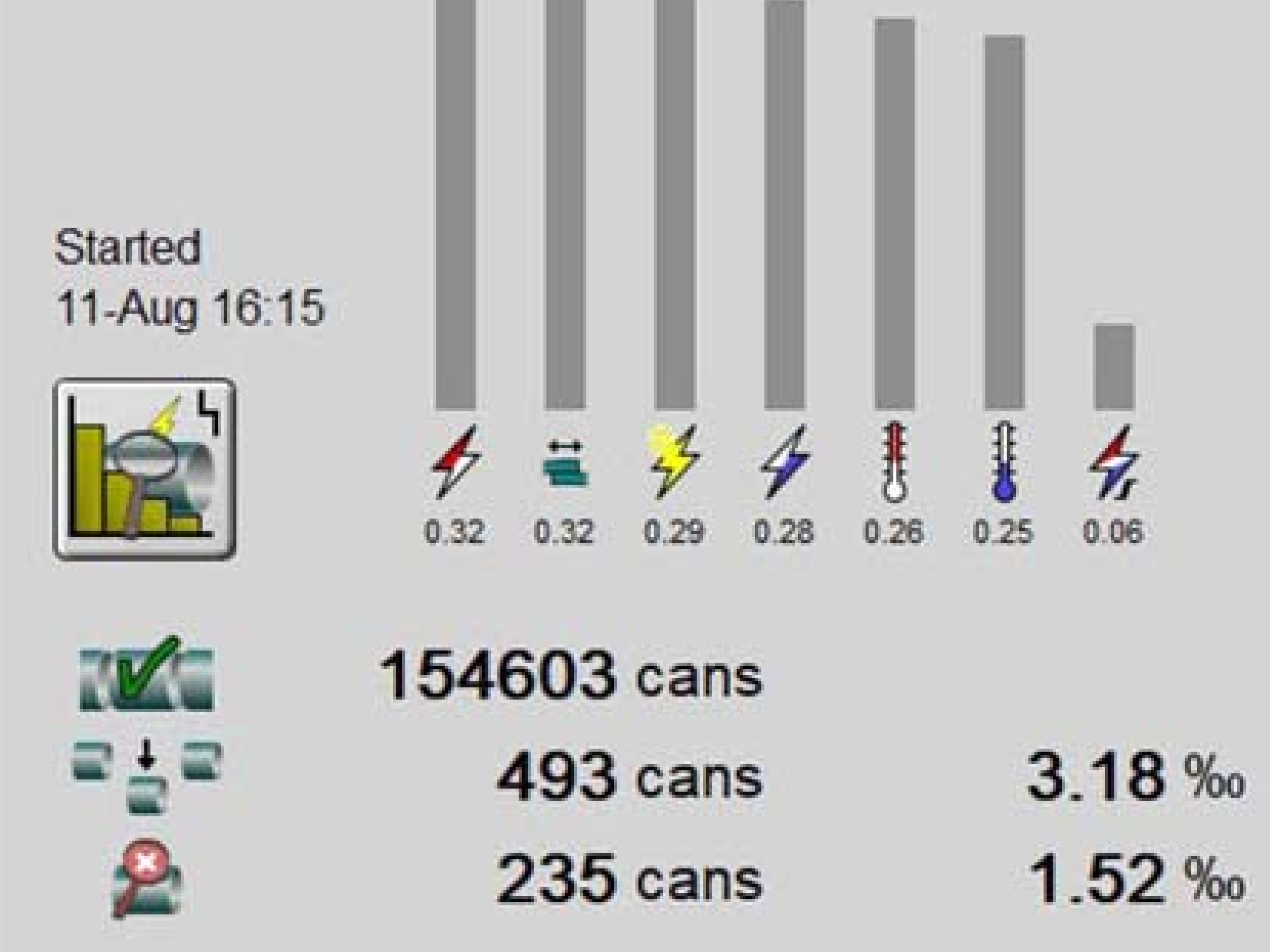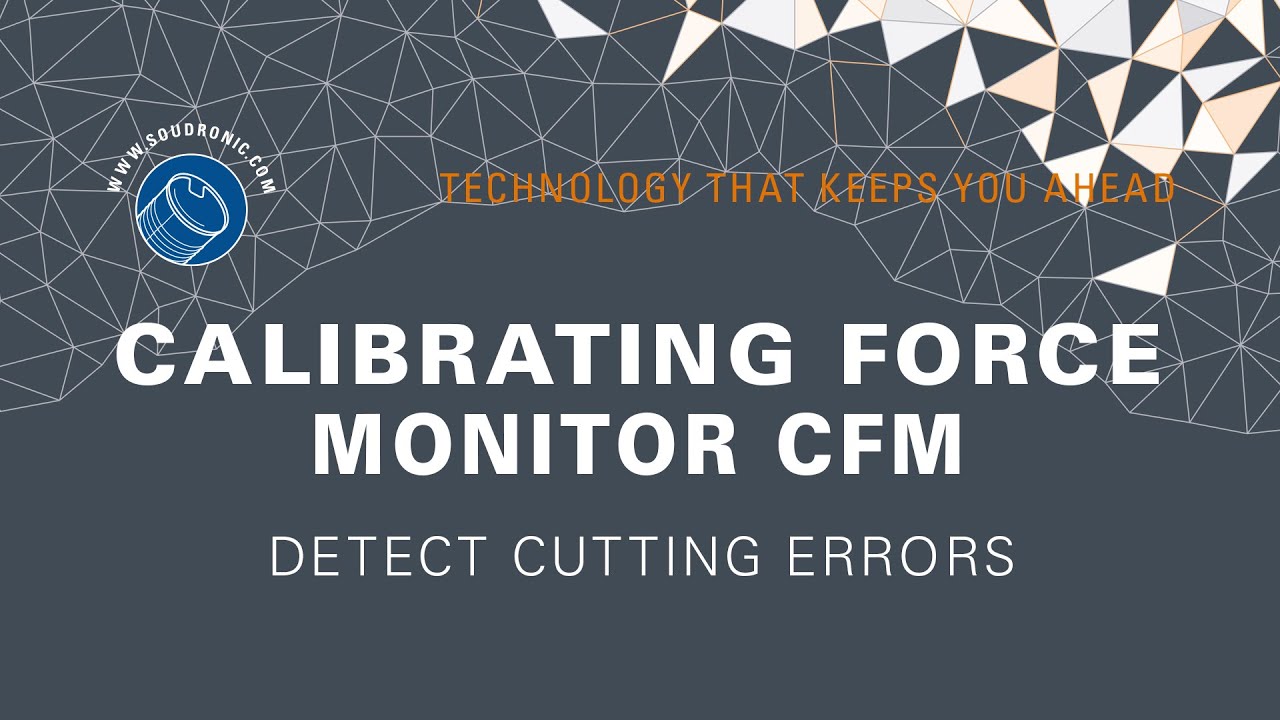Monitoring and detection systems UNICONTROL SWM-3 and Pulsar OCR-R
The SWM-3 Monitor System is the quality backbone of your welding machine for monitoring the weld seam and incoming sheets. It is seamlessly integrated into the UNICONTROL control system or available as a standalone version. The modular system can be equipped with several monitoring channels as required, which can also be easily upgraded later. By combining the different channels,
practically the entire spectrum of possible faults in can production can be reliably monitored.
With the SWM-3 Monitor System, you can be sure that the monitoring of the quality of your cans is always state-of-the-art. Operators can rely on the reliability and simplicity of the monitor allowing them to focus on what is important – the production of your cans.
Modular Channel Concept
Each channel monitors its own quality parameters independently of the others. This allows the system to be flexibly expanded or combined with additional channels to improve the detection capabilities. Finally, there is a comprehensive evaluation and display of all measurement results, giving the user a quick and complete overview. Each channel can be individually adjusted with a few easy to understand settings.
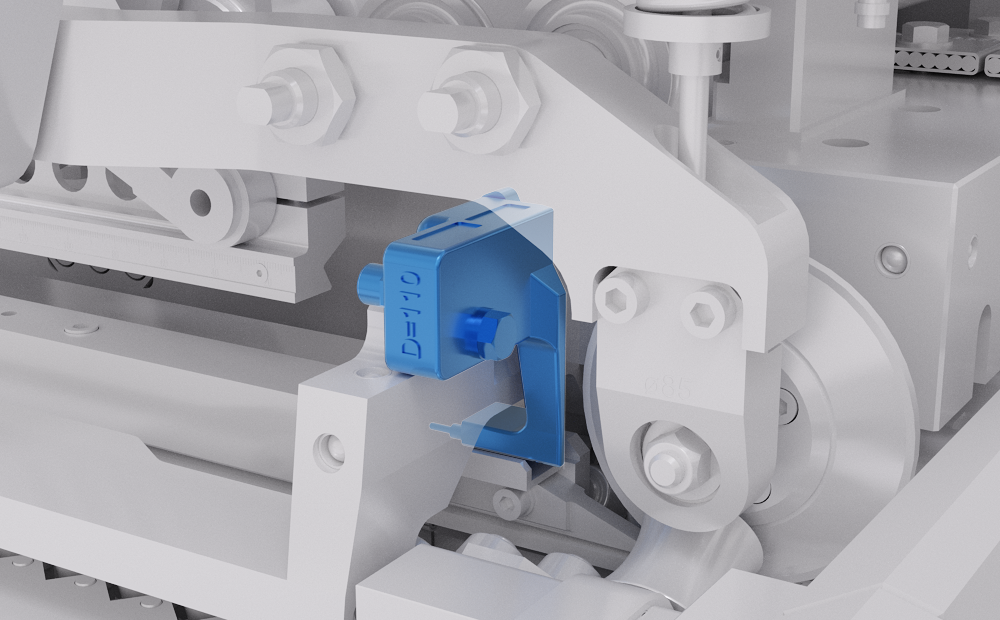
Energy channel
The energy channel measures the welding current and voltage to calculate the energy on each welding spot.
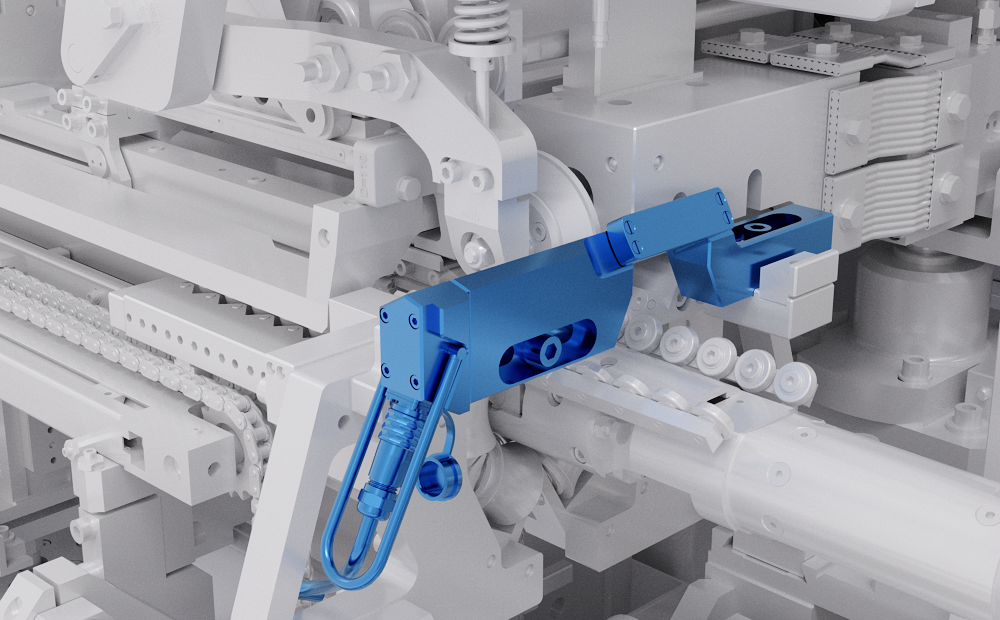
Calibration Force Monitor channel
The Calibration Force Monitor channel captures the needed force to calibrate the sheets to the needed diameter.

Heat channel
The Heat channel converts the heat radiated from the hot welding seam into a monitor signal.
Working principle
Through a common setup of a few welded cans, the system is taught where the tolerance band is for a single can. In case of fluctuations of the welding parameters, this can also be repeated during production, whereby the setup cans are ejected for the user to check. The cans that do not pass the evaluation will be ejected from the ejection station and the display will show the reason for the rejection.
It is easy to check the function of the monitor: Real-time data of the last 12 cans are continuously stored and can be retrieved at any time. In addition, experienced operators can use the real-time data to get an immediate overview of the status or a variation of the current production.
Clear statistics help you to evaluate the short- and long-term performance of your system.
Energy channel
The SWM-3 monitor is equipped with the energy measuring channel as a standard. The energy supplied to each individual weld spot (nugget) is measured and continuously evaluated. The energy measurement precisely detects body offsets, bent corners, faulty weld seams, lacquer overlays as well as various contaminations.
In case of faults, the system immediately switches off the welding power source to prevent damage to the roller heads and wire breakage.
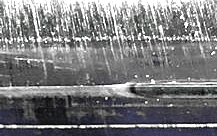
Safety
Current was switched off immediately after contamination was detected. The wire and welding rollers were fully protected.
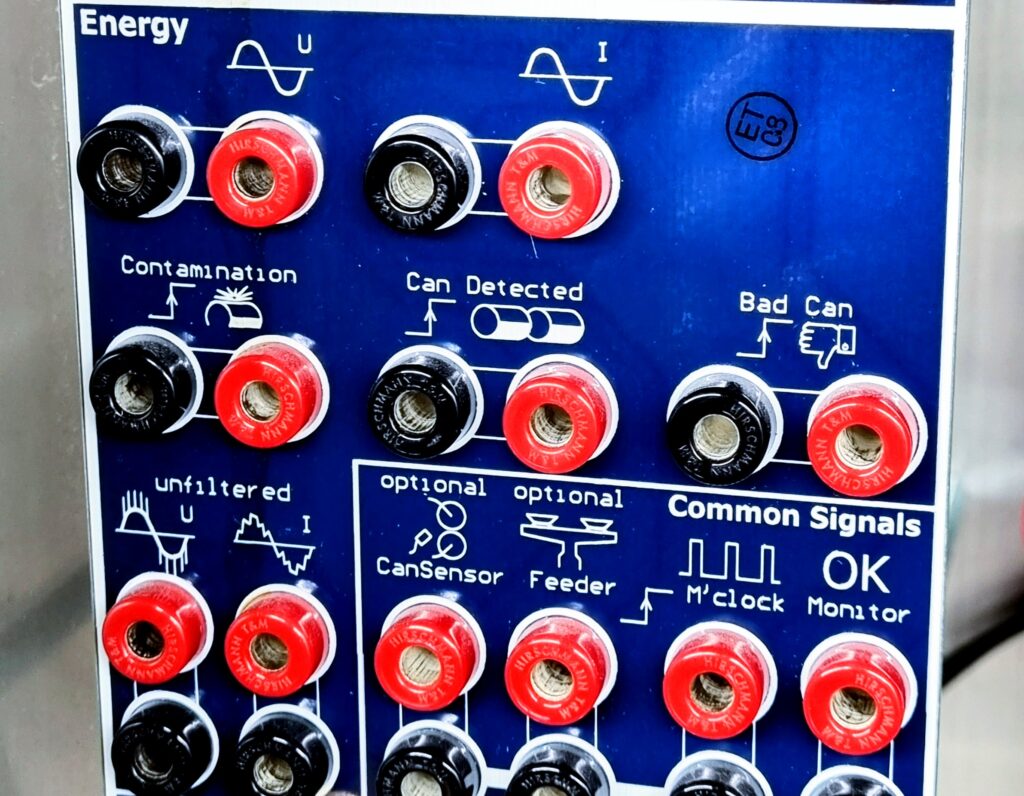
Accessibility
Further diagnostics is available: Filtered and unfiltered raw signals are easy to access.

Protection
Avoid harmful situations for your equipment: Such problems are reliably detected and rejected by the energy channel.
Calibrating Force Monitor Channel (CFM)
Calibrating Force Monitor Channel (CFM) is the newest member of the monitoring channels and a strong addition to the energy channel. Until now, cold welds caused by overlap errors were almost undetectable. Even with perfectly adjusted slitting machines, blanks can turn out too large. This can happen if the tinplate has a pretension and does not lie perfectly flat during cutting. By measuring the force in the calibration tool, various conclusions can be drawn about the sheet metal blanks.
The CFM rounds off our well-proven SWM-3 system and is a perfect mate to the energy channel. Changing overlaps in both directions (+/-) are now detected. The CFM force measurement is integrated into the UNITOOL (required).
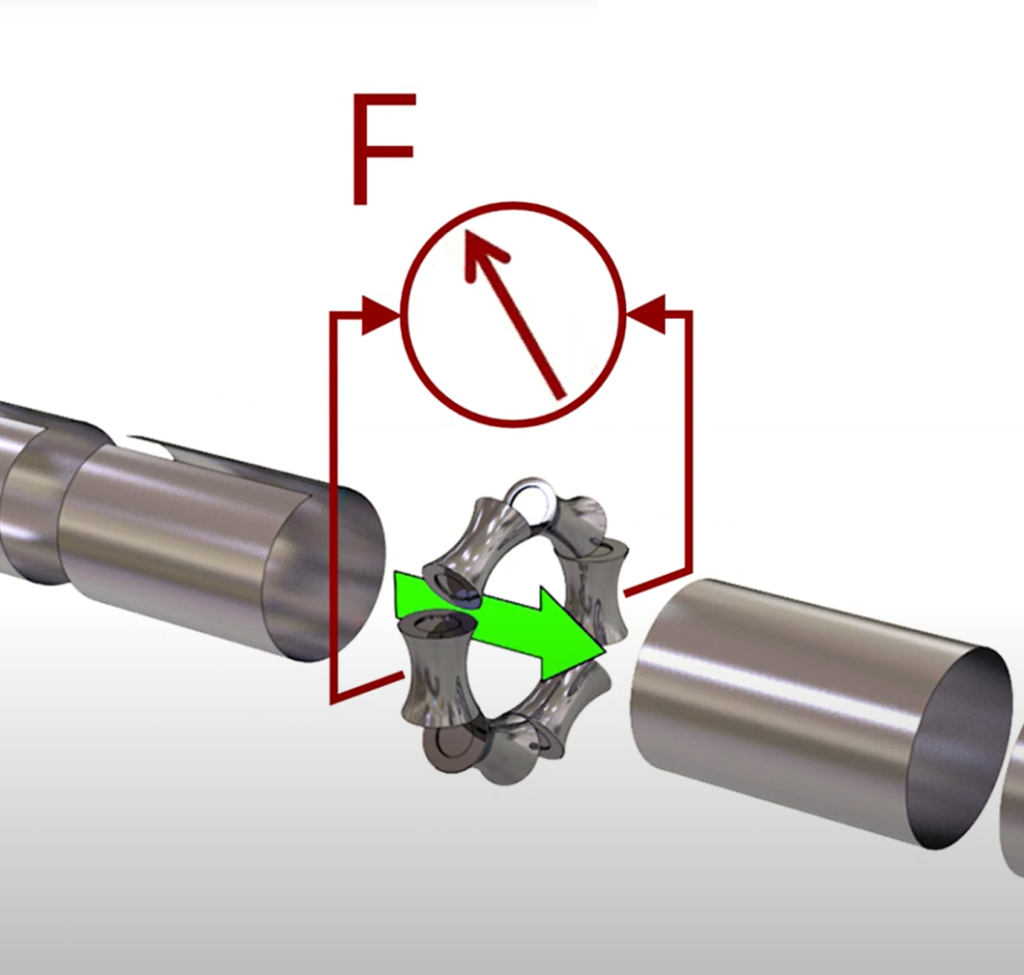
Force measurment
A sensitive force measurment is directly integrated into Soudronics UNITOOL.
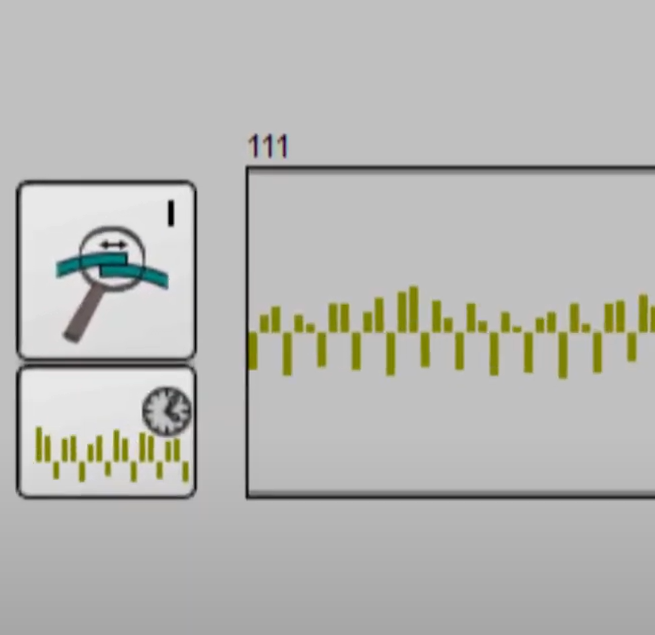
Display
Inconsistencies in cutting results in calibration force patterns and are visible directly in the force pattern graph.
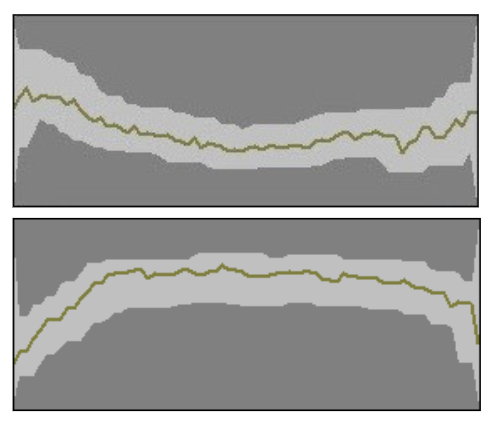
Monitoring
Experienced operators can judge the calibration force on the cans and recognize inconsistent overlap or influences of a bad adjusted calibration tool.
Advantages and benefits of Calibrating Force Monitor Channel (CFM)
- Cutting variations with certain patterns: Badly adjusted track on the slitter
- Calibration force at the beginning of a production run immediately shows whether the machine is still set up the same way or if something has fundamentally changed
- Changes of the gaps between cans
- Adjustment of the tool (overlap) based on the force signal curve
- Influence of the pre-calibration setting
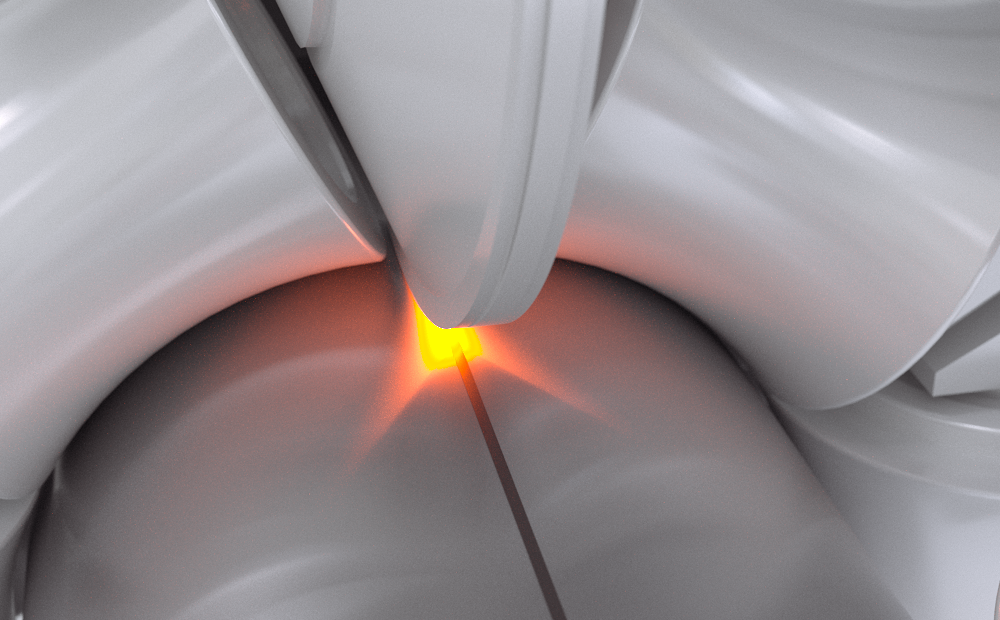
Heat channel
The heat channel allows also to detect variations in the overlap of canbodies. The heat radiated from the weld seam is sampled 2000 times per second and compared to the reference. Small defects in the welding seam can be detected. The heat channel is the alternative to the calibration force monitor for machines without UNITOOL.
Pulsar OCR-R
The OCR-R function can be used as a basic monitoring function. It is built into the Soudronics PULSAR welding current source. It enables a fast overcurrent reduction when a contamination is detected. The aim of the OCR-R system is to prevent wire breakage and to protect the roller heads from sporadic contaminations. When a contamination is detected, the welding current drops immediately and is restored after a few milliseconds. The can body with partial weld is ejected and production continues without interruption. If a SWM-3 monitor system is available, the OCR-R functionality of PULSAR is seamlessly and comfortably integrated into the SWM 3 system. Compared to the SWM-3 Energy channel, the PULSARs OCR-R functions, cannot detect faulty seams nor body offsets.
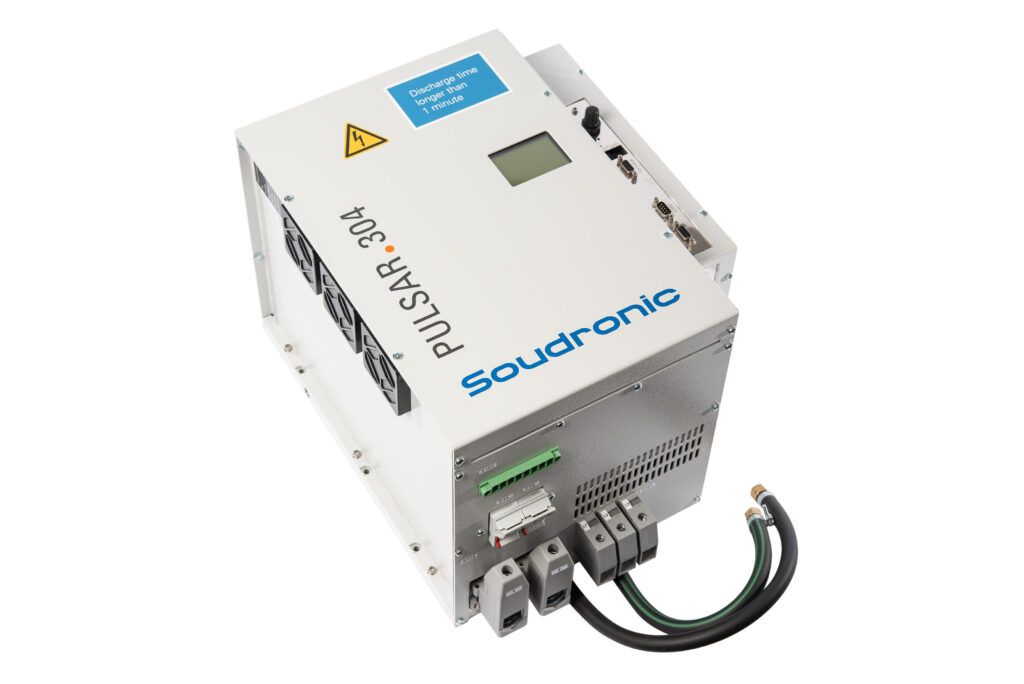
Advantages and benefits:
- Highest reliability
- Effective quality supervision of weld seam
- Online monitoring
- Fast return on investment due to time, material and money saving
- Meeting highest quality demands
- Minimal risk of wire breaks and damage to welding rollers
- Can bodies with cold welds caused by overlap errors are detected and ejected (with CFM)
- The monitor signal lets users know that welding is set correctly (with CFM)
- Less down-time
- Increase of production efficiency
- Fewer reject cans in the downline
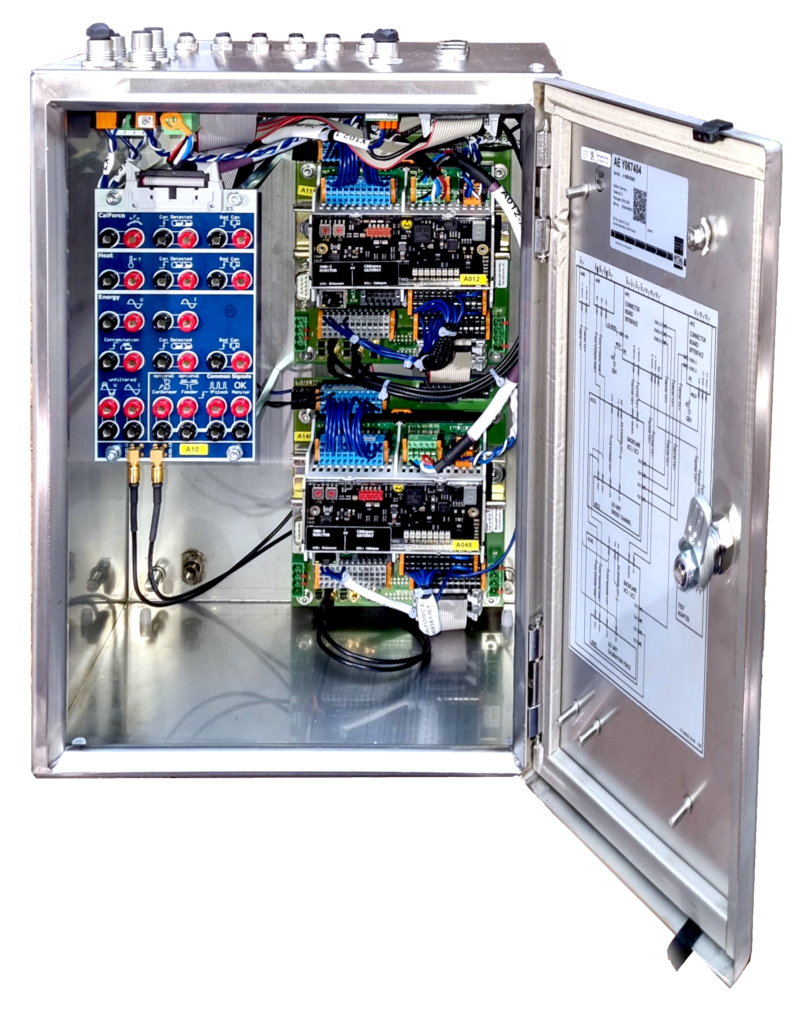
Equipped with the latest sensor technology and electronics, the system is ideally equipped for future tasks. Additional functions and algorithms can easily be added to keep it at the cutting edge of technology in the future.
Despite the modern technology, special attention has been paid to simple and understandable operation so that the system does not overwhelm the user, but supports him in his daily tasks.
SWM-3 Specifications
| Type | SWM-3 | SWM-3 | SWM-3 | Pulsar |
| Energy Channel | Calibration Force Channel | Heat Channel | Overcurrent Reduction | |
| ENERGY | CFM | HEAT | OCR-R | |
| Defect within seam area | > 1.5 mm | no | > 1.5 mm | no |
| Defect beginning/end (folded corners) | > 1.5 mm | no | > 1.5 mm | no |
| Body offset | > 1.5 mm | no | > 1.5 mm | no |
| Overlap (deviation) | – | +/- 0.1mm | > – 0.3 mm | no |
| Seam contamination (overlacquering) | > 1.0 mm | no | > 1.0 mm | > 1.5 mm |
| Min. weld speed without oxide-free seam | – | – | >= 20 m / min | – |
| Min. weld speed with oxide-free seam | – | – | >= 25 m / min | – |
| Wire protection | yes | no | no | yes |
| Ejects first and/or last can | yes | yes | yes | yes |
| Single can production monitor | yes | yes | yes | yes |
| Compare tool settings at production start | no | yes | no | No |
| Discover cutting variations | no | yes | no | no |
| Mask out can scoring / tactile | – | available | – | – |
| UNITOOL required | no | yes | no | no |
